Fighting fake news: the job of a fact-checker
Apr 24, 2020 - updated Apr 12, 2022
7 mins

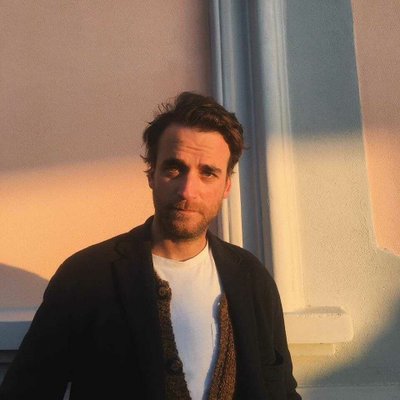
Photographe chez Welcome to the Jungle
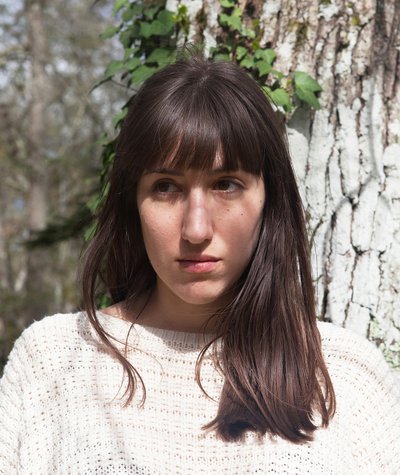
Journalist
Have you heard the theory that the novel coronavirus is actually a man-made bioweapon? Or that 5G technology caused the virus outbreak? Social media users have widely shared such claims, which get thousands of views and likes before being debunked and dismissed by expert sources. There’s so much information out there; how do we know what to believe about anything anymore?
We spoke to two fact-checkers to get a behind-the-scenes account of how they fight fake news and help restore confidence in the media.
Spreading inaccurate information deliberately isn’t a new trend. Research traces the first examples of “misinformation, disinformation, and propaganda” to Roman times, when Antony met Cleopatra and Octavian started a smear campaign against Antony. This took the form of “short, sharp slogans written upon coins in the style of archaic Tweets”.
A lot has changed since Cleopatra’s day. Now, fake news—the rumors, myths, and bogus claims masquerading as verified news and facts—infiltrates our social media feeds and messenger chat groups. Former President Donald Trump popularized the term too. In fact, he even claimed he invented it. For example, more than a year after Donald Trump left office, the QAnon conspiracy theory that thrived during his term has only increased in popularity, with 16% of Americans believing in the conspiracy theory. That is 41 million Americans who believe in this misinformation spread through what should be reputable media outlets.
The power of fake news shouldn’t be underestimated. It is increasingly seen as a threat to democracy, public order, and free debate that can cause confusion and provoke unrest. According to the World Health Organization, Covid-19 has led to an infodemic: a bombardment of information, both true and false, which makes it hard to know what to trust. A survey conducted by The Pearson Institute and The Associated Press-NORC Center for Public Affairs Research finds that “three-quarters of Americans worry that they have been exposed to misinformation, but only about half are concerned that they’ve spread misinformation, even unintentionally.”
There are, however, experts working hard to make sure we get the truth.
Why fact-checking has gained momentum
A proliferation of fake news has triggered a rise in fact-checking outlets that scrutinize information and debunk false claims. The first fact-checking platforms emerged at the turn of the century.
Internal fact-checking (done within the media itself) is said to have emerged within US news magazines in the 1920s and 1930s. In fact, by the 1930s, the profession was comprised of primarily college-educated women. Today, the American media landscape comprises fact-checking units within larger newsrooms, such as CNN, The Washington Post, and NPR. For example, according to the 2019 Duke University Reporters’ Lab census, there were 44 fact-checking organizations in 2014, with the number rising to 341 by mid-2021.
Who are fact-checkers and how do you become one?
Most fact-checkers are trained journalists who use the same journalistic principles of verifying information and cross-checking data and sources to validate specific claims.
Alastair Brian, a fact-checking editor of The Ferret, an independent investigative media cooperative, is among them. He started at The Ferret in Edinburgh three years ago. “When you work in the news industry, there is a requirement to be fast-paced. You’re always trying to get a statement from politicians, and you don’t necessarily have the time to check it,” said Brian. “This is where we step in. It was felt—especially during events such as the Scottish independence referendum and the Brexit referendum—that it was really important to start fact-checking the information circulating.”
Not all fact-checkers have a journalistic background. Claire Milne, a deputy editor of Full Fact, the UK’s independent fact-checking charity, has a background in research and consulting. She joined Full Fact in London four years ago. “The skills I acquired help my work as a fact-checker,” she said. “At Full Fact, we have a lot of skill sets on our team of 30. A good mix of people helps with a wide variety of claims that we tackle on a day-to-day basis.”
What does a typical working day look like, and how has the corona crisis changed it?
For Milne and her team, every day starts with news monitoring. “We go through all the channels in search of the claims we want to fact-check. That includes social media, such as Facebook and Twitter, but also the tips our readers send us. We monitor daily newscasts, newspapers, and online news sites in the UK as well,” said Milne.
The process is similar for Brian of The Ferret. “My day-to-day work is a mixture of reading the news, going through press emails from politicians and monitoring their social media platforms, and checking what’s in today’s radio or TV news. I pay a lot of attention to the claims that sound dodgy and those that get a lot of social media attention,” he said.
The Covid-19 pandemic disrupted fact-checking coverage. “It was a unique situation in terms of news because there were no competing stories; everything was about the virus,” said Brian.
Full Fact’s schedule has become much busier. “We discuss what we’re going to cover during our morning meeting. We have quite a rigorous reviewing process to make sure that the information we are putting out there is as good and reliable as possible. Each article is reviewed from scratch by another member of the team and fact-checked again. A third person then copy-edits it. Every article we publish goes through the hands of three members of the team,” said Milne.
In some ways, what Covid-19 has changed for fact-checkers is how they collaborate with each other, on an international level. When verifying claims about coronavirus, fact-checkers reach out to experts, check advice published by reliable sources such as the CDC or the WHO, and examine academic and scientific research on Covid-19 and similar viruses. They also team up with fact-checkers in other countries. In January 2020, the International Fact-Checking Network launched the #CoronVirusFacts Alliance, which unites more than 100 fact-checkers globally in publishing, sharing, and translating coronavirus facts.
Where does fake news spread, and who is spreading it?
From pranksters and politicians to conspiracy theorists, fraudsters, and extremists, fake news comes from a variety of sources. In a Pew Research Center study conducted in 2020, “about half of U.S. adults (48%) report seeing at least some made-up news or information regarding the outbreak of COVID-19.” The most common place to see this misinformation, social media. The German Marshall Fund of the United States found that “the level of engagement with articles from outlets that repeatedly publish verifiably false content has increased 102% since the run-up to the 2016 election.” Furthermore, “engagement with another set of sites that fail to gather and present information responsibly—especially Fox, Daily Wire, and Breitbart—has grown 293%.” In addition, “interactions with articles from both kinds of deceptive sites have increased by 242 percent between the third quarter of 2016 and the third quarter of 2020.”
In some cases, people share fake news for fun, says Brian. “The most bizarre post I’ve fact-checked recently was an image that showed a screengrab of Sky News claiming that Russia had released lions onto the streets of Moscow to reinforce the lockdown,” he said. “It was an image taken from a 2016 movie shoot in South Africa to which someone attached the graphics to make it look like it was taken from a news site.”
Brian notes that false information has spread rapidly through Facebook groups, not public Facebook posts, and via Whatsapp. “Rather than being intentionally shared by public figures or politicians trying to mislead readers, corona-related fake news was being shared in the same ways that chain letters used to be sent. The news is more shared from person to person, rather than from a politician to the public,” he said.
What were the most common Covid-19 fake news stories?
False information can have serious repercussions and we saw that mostly with misinformation regarding the public health crisis over the past 2 years. “One of the most viral posts, sharing symptoms and treatments for Covid-19, contained many inaccurate or misleading claims that could lead people to think they didn’t have coronavirus,” said Milne. The post stated that if someone has a runny nose, they just had a common cold. Although a runny nose is not one of the most common symptoms, it doesn’t rule it out, Full Fact concluded.
Another widely shared post included self-diagnosis tips. “It claimed that if you manage to hold your breath for ten seconds, you don’t have Covid-19. This is not scientifically grounded,” said Milne.
Brian has refuted a dozen of similarly problematic health-related claims, including alleged advice from Japanese doctors to drink water every 15 minutes and about home remedies such as vitamin C or garlic. “There was also a claim that heat kills coronavirus, be it from hot drinks or going to the sauna. A widely shared Whatsapp message even suggested that if you use a hairdryer up your nose the heat would kill the virus,” said Brian.
Fact-checking is a collaborative effort (and you can help)
Across the globe, there are networks of fact-checkers busting myths that know no borders. “An image of what was claimed to be a military field hospital being set up in Scotland was shared, but it was actually from a hospital in Madrid. This sort of situation is where cross-collaboration is helpful,” said Brian.
We can all help by not sharing fake news. A 2019 study led by the Canadian psychologist Gordon Pennycook found that most people prone to sharing fake news is capable of distinguishing false claims from true ones, “but the social media context focuses their attention on factors other than truth and accuracy”.
The crucial step is to recognize misinformation in the first place—and then pause before sharing it. If it sounds too good to be true, it probably isn’t true. “If something elicits a very strong emotional response, if it makes you feel outraged, really angry, or extremely happy, you should probably double-check it before sharing it,” said Milne.
Brian’s rule is to check the source. “Do you trust the source you’re sharing from? If it’s not 100% secure, do a bit of extra Googling to see who’s behind it,” he said. Two minutes of extra research might be enough to stop you from sharing something false and potentially harmful—and to make the lives of fact-checkers easier.
Photo: Welcome to the Jungle
Follow Welcome to the Jungle on Facebook, LinkedIn, and Instagram, and subscribe to our newsletter to get our latest articles every day!

More inspiration: Inspiration for workers
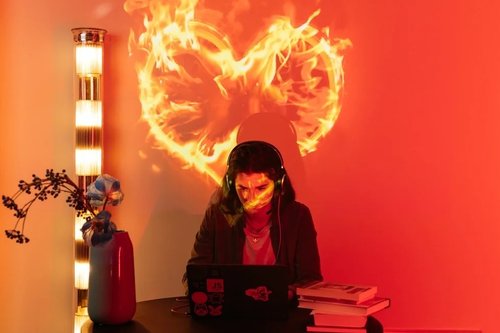
From hobby to side hustle: 10 steps to turn your passion into a career in 2025
Have you been waiting for the right moment to turn what you love into a paid gig? 2025 is your time!
Dec 18, 2024

Patience, balance, and multitasking: How parenthood shaped my career
Parenthood changes everything—including your career. These working parents share exactly how.
Dec 11, 2024
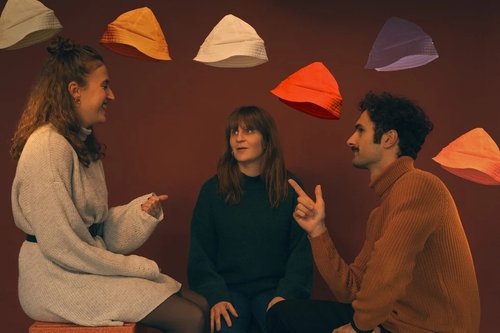
The traits of a great boss (and how they make your work life better)
What makes a great boss? Effective leaders do more than manage tasks—they create a workplace where people feel supported, encouraged, and inspired.
Nov 13, 2024

Leading without limits: How to shine as a leader, title or no title
Lab expert Ginny Clarke explores how being a leader isn't just reserved for execs ...
Apr 09, 2024
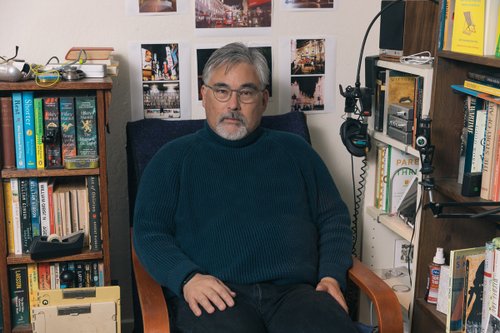
How our burnt-out society can finally get some rest
Alex Soojung-Kim Pang unveils transformative strategies for slowing down our fast-paced lives.
Mar 19, 2024
The newsletter that does the job
Want to keep up with the latest articles? Twice a week you can receive stories, jobs, and tips in your inbox.

Looking for your next job?
Over 200,000 people have found a job with Welcome to the Jungle.
Explore jobs